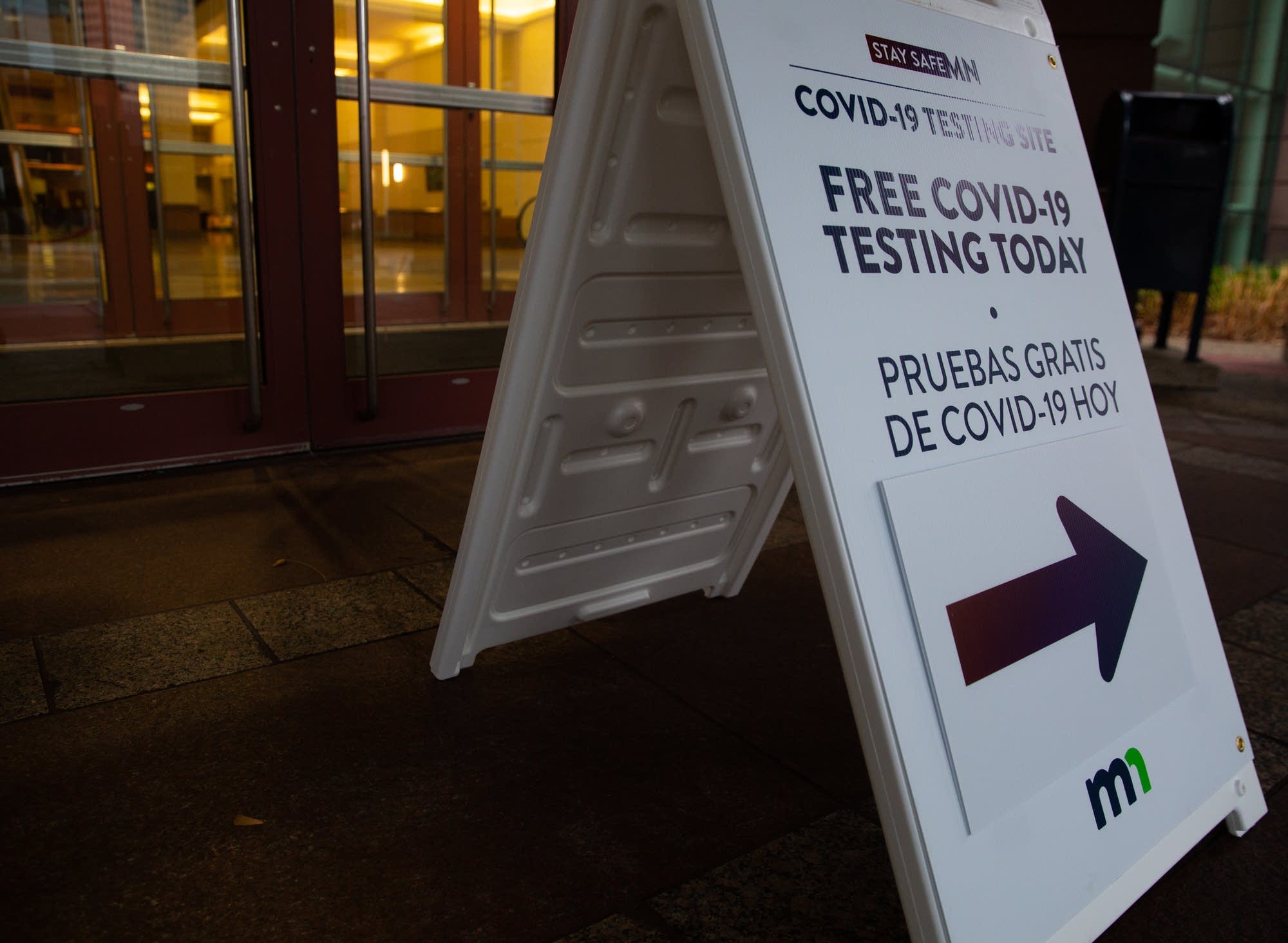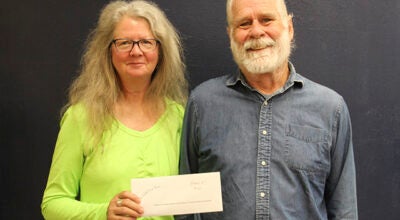Walz readies new package to aid businesses hurt by curbs
Published 4:15 pm Monday, November 23, 2020

- A new COVID-19 testing site opened Nov. 9 at the Minneapolis Convention Center. Kathryn Styer Martinez/MPR News file
|
Getting your Trinity Audio player ready...
|
Gov. Tim Walz said Monday he’s pulling together a relief package intended to aid bar and restaurant owners and workers hurt by the current ban on in-person service, including sales tax forgiveness, and that he was prepared to call the Legislature back quickly to pass it.
He didn’t put a dollar figure to the cost, but he called the need to aid those businesses and workers “absolutely critical.” He said he’ll publish the plan on Tuesday and he expressed hope of reaching a compromise with GOP lawmakers.
His remarks came hours after the latest Health Department data showed Minnesota’s COVID-19 surge continuing to grind, with officials reporting 24 more deaths and 6,353 newly confirmed or probable cases. Hospitalizations continued to rise.
One bit of hopeful news: New cases and the positive test rate continued their trend downward of the last few days, an indication the peak of the current surge may be in sight.
Otherwise, current conditions remain severe across the state.
The trend lines for deaths and hospitalizations continue to climb. Officials remain concerned that another wave is likely if Minnesotans don’t abide by health experts’ pleas to call off Thanksgiving gatherings.
The newest numbers follow a weekend where the state Health Department reported more than 13,000 new COVID-19 cases and 91 more deaths.
Given the trend lines, Minnesota could reach 300,000 total cases this week and another 100,000 cases in the next 15 days, said Kris Ehresmann, the state’s infectious disease director.
Although new hospital admissions have flattened somewhat in the past week, nearly 1,800 people are in Minnesota hospitals with COVID-19 as of Monday, with about 20 percent needing intensive care. The number of hospitalizations has more than doubled since Nov. 1.
Allina Health CEO Penny Wheeler told MPR News Monday that intensive care beds in Allina hospitals were full over the weekend and while there are enough medical supplies and beds for now, staffing is critically short.
Of the 276,500 confirmed or probable cases of COVID-19 in Minnesota identified to date, about 82 percent have recovered to the point they no longer need to be isolated.
The deaths reported Monday raised Minnesota’s toll to 3,265. Among those who’ve died, about 68 percent had been living in long-term care or assisted living facilities; most had underlying health problems.
Also on Monday officials rolled out a new smart phone application that will alert users to potential exposure to COVID-19 based on technology designed to keep personal information private.
Caseloads climbing across age groups
New cases have been spiking over the past three weeks in all age groups.
People in their 20s still make up the age bracket with the state’s largest number of confirmed cases — more than 55,000 since the pandemic began, including more than 30,000 among people ages 20 to 24. The rapid increase, however, has tapered off in recent days.
The number of high school-age children confirmed with the disease has also grown, with nearly 22,000 total cases among children ages 15 to 19 since the pandemic began.
The numbers help explain why experts remain particularly concerned about teens and young adults as spreaders of the virus.
Although less likely to feel the worst effects of the disease and end up hospitalized, experts worry youth and young adults will spread it to grandparents and other vulnerable populations.
It’s especially concerning because people can have the coronavirus and spread COVID-19 when they don’t have symptoms.
Walz said recently the state has data showing infection rates rising around bar and restaurant activity after 9 p.m. among young adults, noting that people who have the virus but don’t have symptoms are unwittingly spreading it.
Virus surges across rural Minnesota
Regionally, central and northern Minnesota have driven much of the recent increase in new cases while Hennepin and Ramsey counties show some of the slowest case growth in the state.
The fastest growing outbreaks remain largely along the state’s western border with the Dakotas, where the virus is spreading unchecked. But new cases are rising everywhere in Minnesota.
Collectively, rural areas continue to report the most new COVID-19 cases per capita.
Latino cases climb
In Minnesota and across the country, COVID-19 has hit communities of color disproportionately hard in both cases and deaths. That’s been especially true for Minnesotans of Hispanic descent for much of the pandemic.
Distrust of the government, together with deeply rooted health and economic disparities, have hampered efforts to boost testing among communities of color, officials say, especially among unauthorized immigrants who fear their personal information may be used to deport them.
Similar trends hold true for Minnesota’s Indigenous residents. Counts among Indigenous people jumped in October relative to population.
Cases among all races and ethnicities continue to rise, although currently the growth is slowest among Black Minnesotans, who reported the most new COVID-19 cases per capita for much of the spring and summer.




